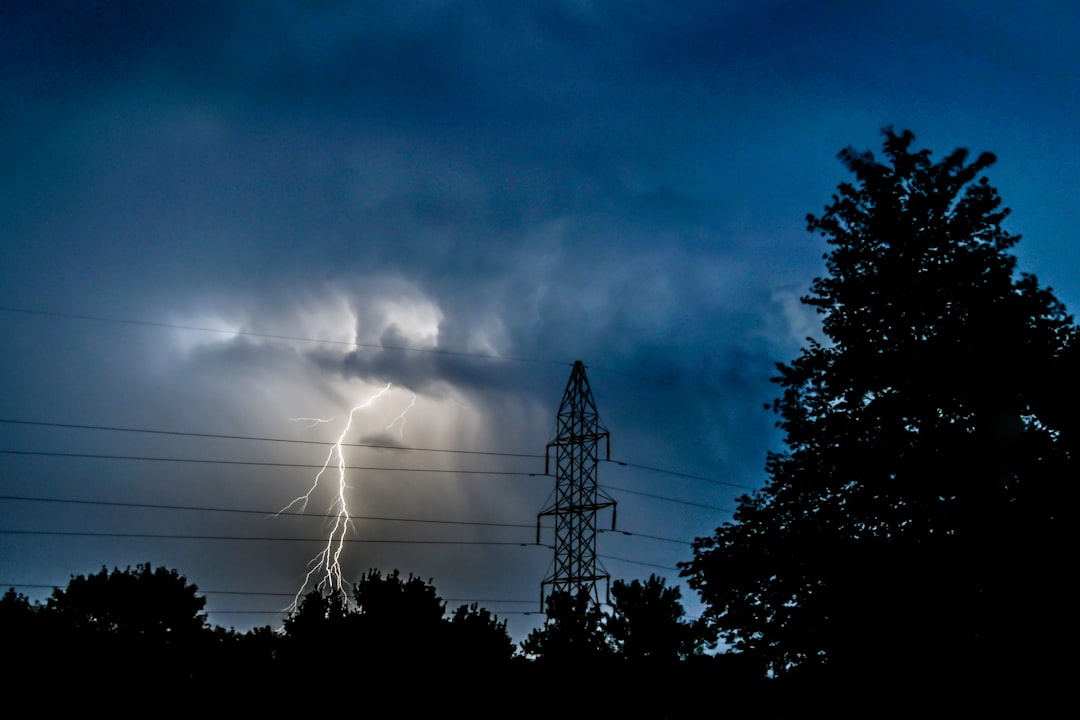What is it about?
We show how nodes in wave functions influence the the correlation between particles, which we measure with information theoretical measures (mutual information, correlation coefficient). We find that non-linear correlation increases with number of nodes. Our study motivated by our recent study [Entropy, 25, 970 (2023)], which showed that the mutual information derived from the momentum-space probability density of a coupled two-particle system exhibits an unusual time dependence, which is not encountered if the position-space density is employed in the calculation. In studying a model density, here, we identify cases where the mutual information increases with the number of nodes in the wave function and approaches a finite value, whereas in this limit, the linear correlation vanishes. The results of the analytical model are then applied to interpret the correlation measures for coupled electron-nuclear dynamics, which are treated by numerically solving the time-dependent Schrödinger equation.
Featured Image

Photo by Anton Maksimov 5642.su on Unsplash
Why is it important?
Particle correlation is important in many subjects of physics and quantum chemistry. This study focuses on correlation in electron-nuclear dynamics, but is also applicable to electron-electron correlation, as studied heavily in DFT approaches.
Perspectives
Very interesting is also that the mutual information takes an asymptotic value for increasing nodes and thus saturates a bound.
Peter Schürger
Julius-Maximilians-Universitat Wurzburg
Read the Original
This page is a summary of: On the relation between nodal structures in quantum wave functions and particle correlation, AIP Advances, December 2023, American Institute of Physics,
DOI: 10.1063/5.0180004.
You can read the full text:
Contributors
The following have contributed to this page










